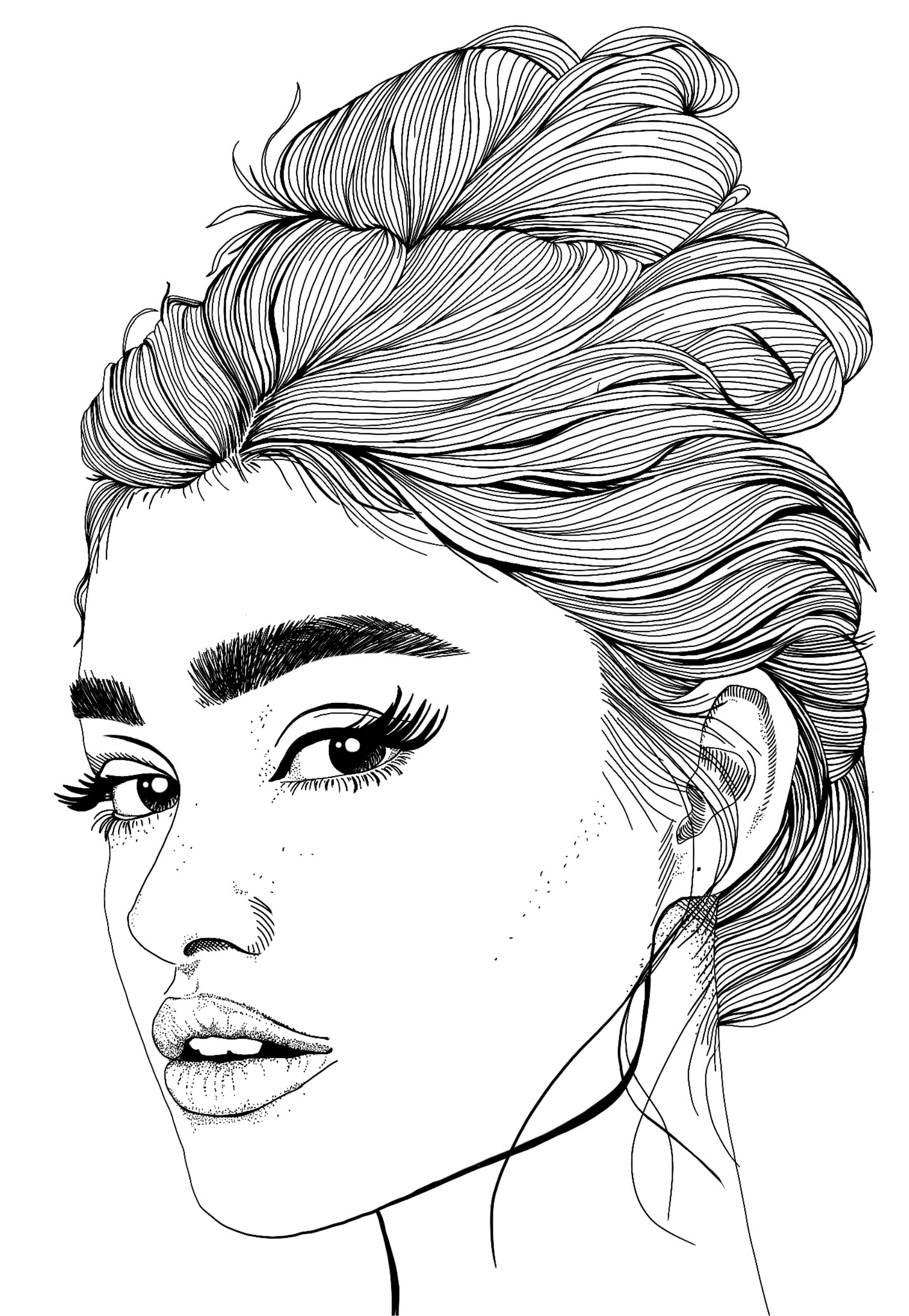Everything you need to know about dermablading
Everything you need to know about dermablading.
Dermablading (also referred to as epidermal levelling or dermaplaning) is a safe and effective non-surgical treatment designed to improve the texture and tone of facial skin. Dermablading exfoliates and removes fine facial hair or “peach fuzz” leaving the skin remarkably smooth, allowing enhanced penetration of products.
How dermablading works.
Dermablading is pain-free and very simple. In this non-surgical technique, a trained Therapist works a small, specially-designed blade over the face at a 45-degree angle. This removes dead skin cells, hidden congestion (such as oil and product buildup), and fine hairs to leave the skin smooth and rejuvenated — immediately!
Is dermablading just hair removal technique?
Although many people think of dermablading as a simple hair-removal technique, it’s much more than that. Your skin truly reaps the benefits as the process exfoliates the top layer of skin.
When people do dermablading at home as a type of “regular shave”, they often go against the hair. But with proper dermablading, the blade is moved with the hair. This helps the hair to grow back softer and also removes dead skin cells more efficiently. Plus, when performed at Skintique, we can also apply a mask to hydrate the skin following your dermablading treatment.
Can I do dermablading myself at home?
Yes, although we don’t recommend it. When using a blade at home, there’s always a risk of small cuts — particularly around rough, very textured, or acne-prone skin. Not only does this irritate the skin, but it can create a breeding ground for bacteria. This further impacts any existing or newly-created wounds and slows down the dermablading healing process.
Even if you get through a DIY dermablading cut-free, using the blade incorrectly (wrong angle or pressure) can result in irritation, dry patches, and abrasions on the skin. It’s always best to leave dermablading to a trained professional.
Dermablading benefits.
Dermablading is suitable for almost all skin types and is a more affordable treatment when compared to other skin-smoothing options. It is an ideal treatment for those unable to have a microdermabrasion. Here’s why we love it.
Fresher, brighter skin.
Dermablading gets rid of oils and dead skin cells, minimises pores, and spurs the development of new cells. This means your skin enjoys a rejuvenating effect. Skin tone is evened out, hyperpigmentation eases, and skin takes on a fresher and brighter appearance overall.
No peach fuzz.
Everyone has very fine hairs on the face, but for some women, these are more noticeable or bothersome. One of the advantages of this treatment is that it works on darker, more visible facial hairs as well as the very fine “hidden” vellus hairs. Even though vellus hairs are almost invisible, many women are surprised at how their face practically glows after dermablading. Skin is unbelievably smooth to the touch and feels softer than ever.
And in case you were wondering, no, the hair doesn’t grow back darker and thicker. This is a common misconception! We've busted more dermablading myths here.
Improves skincare absorption.
With no dead skin cells in the way, skin treatments and at-home skincare regimes are more effective because products can be more readily absorbed into the skin. This is one of the reasons we can follow up your Skintique dermablading treatment with a hydrating peptide mask. We also offer a range of add-on treatments starting at $15.
Improves makeup application.
With your fine hairs removed and your skin smoother than ever, makeup application is easier and more even. You’ll be able to achieve a more flawless finish without having to worry about caking or products “sticking” to your usual problem areas (such as dry patches).
Quick with no downtime.
One of the reasons dermablading is so well-loved is because it’s a fast treatment and there’s no downtime. You can immediately see results and enjoy your fresh, rejuvenated skin. This makes it perfect for people with a busy schedule.
Caring for your skin after dermablading.
Dermablading has no downtime, but you may experience redness or a slight stinging sensation immediately following the procedure. This is simply because the dead skin cells and buildup that was there before may have been acting as a “barrier” on your skin. Now that that’s gone, your clean skin is still getting used to being exposed — this is normal and nothing to worry about.
In the weeks following the treatment, your skin will be more sensitive, so make sure that you wear a protective SPF whenever you’re outside or exposed to daylight.
Dermablading at Skintique.
Cost-effective and relaxing with immediate results, it’s no wonder dermablading is one of our most popular treatments at Skintique. We’d love to help you achieve youthful-looking, soft and supple skin with professional dermablading. For pricing, add-ons, and to request a booking,
click here.








